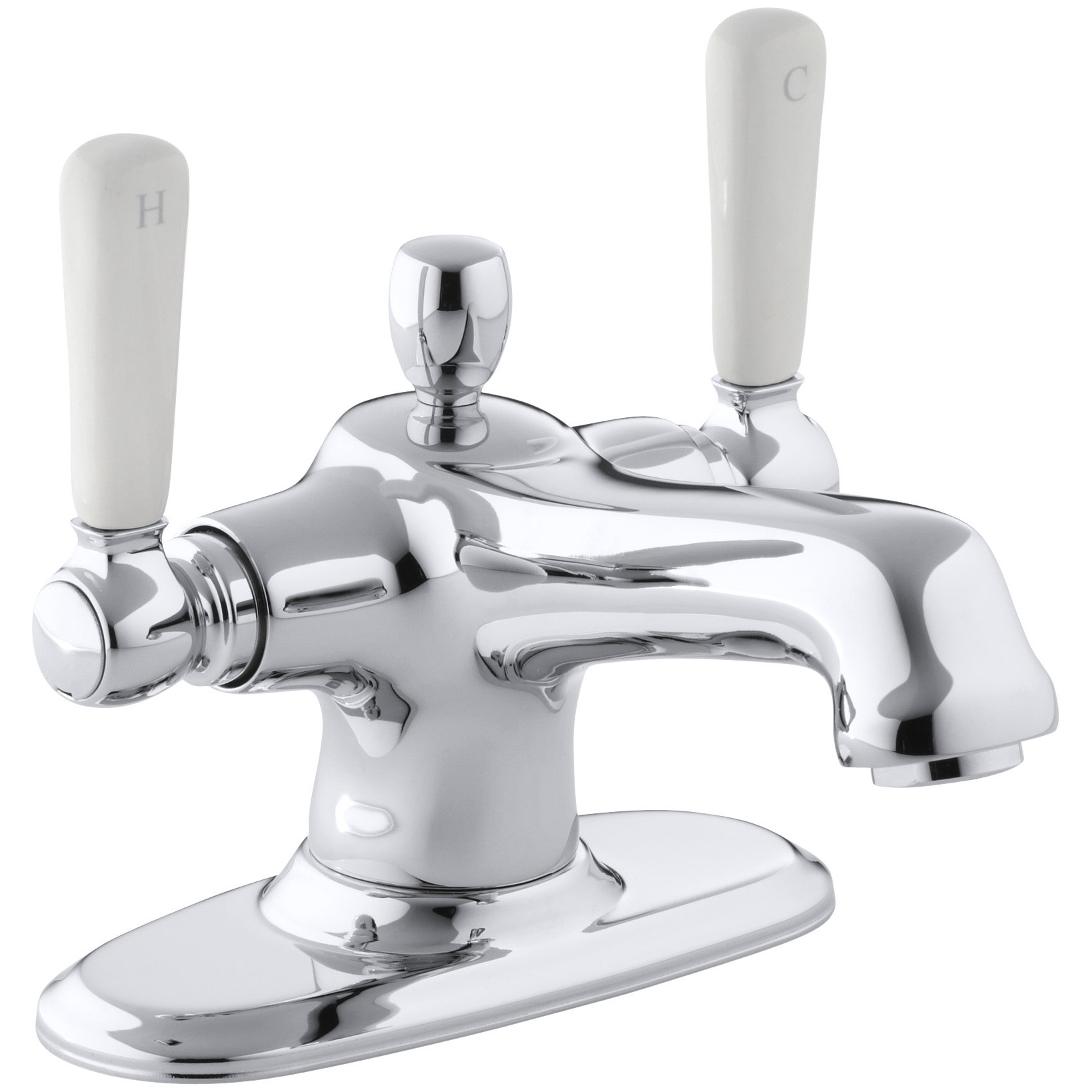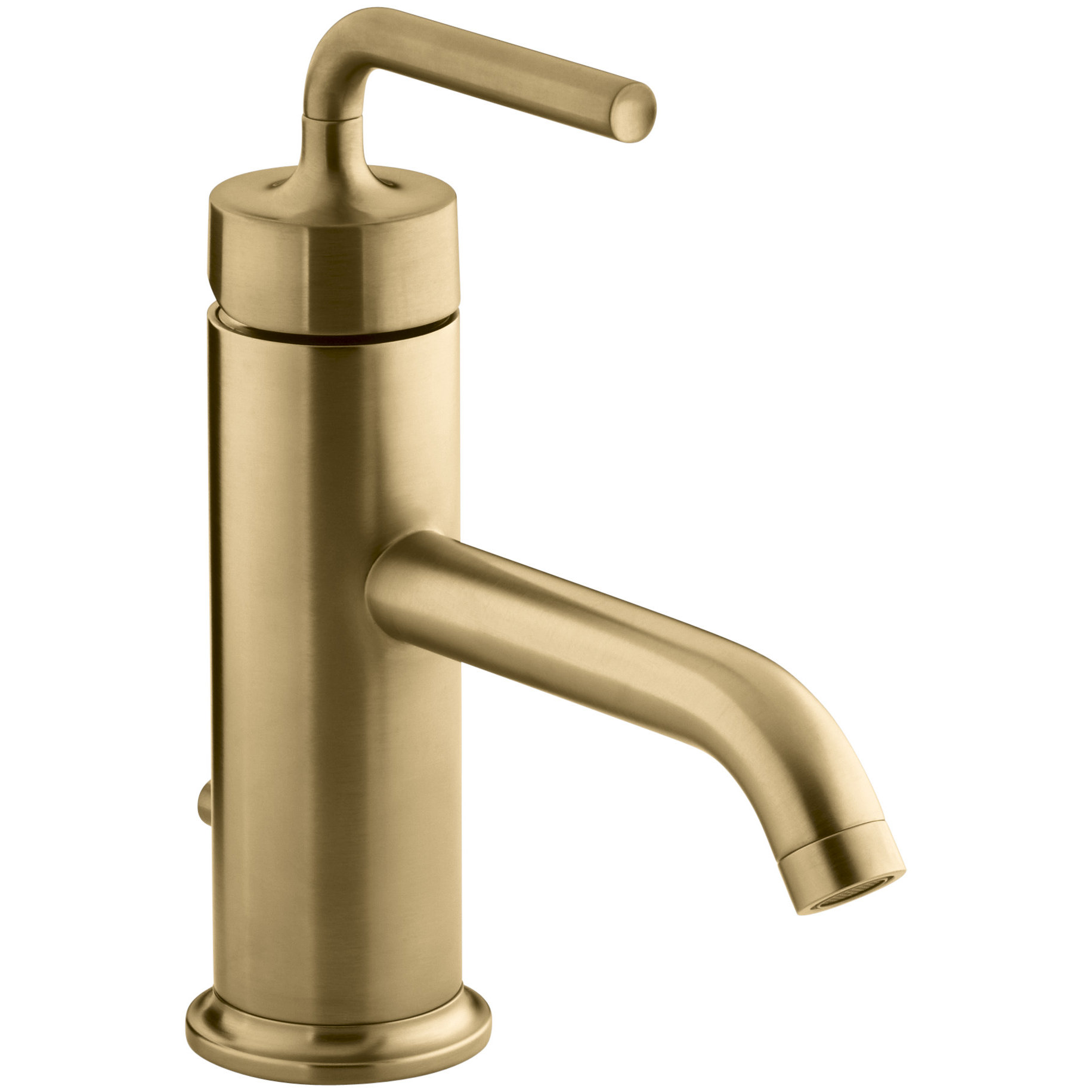Single Hole Faucet Design

Single hole bathroom sink faucets are a popular choice for modern bathrooms due to their sleek and minimalistic design. They feature a single hole mounting system that allows for easy installation and a clean, streamlined look.
Single hole faucets come in a wide range of styles and finishes, from traditional to contemporary. They can be made from materials such as brass, stainless steel, or chrome, and can be finished in a variety of colors, including polished chrome, brushed nickel, or matte black.
Advantages and Disadvantages
Single hole faucets offer several advantages over other types of faucets, including:
- Easy installation: Single hole faucets are easy to install, as they only require one hole to be drilled into the countertop.
- Sleek design: Single hole faucets have a sleek and minimalistic design that can complement any bathroom décor.
- Water efficiency: Many single hole faucets are designed to be water-efficient, helping to reduce water consumption.
However, single hole faucets also have some disadvantages, including:
- Limited reach: Single hole faucets typically have a shorter reach than other types of faucets, which can make it difficult to reach the back of the sink.
- Less control: Single hole faucets typically have only one handle, which can make it difficult to control the water flow and temperature precisely.
Installation and Maintenance

Installing and maintaining a single hole bathroom sink faucet is a straightforward task that can be completed with basic tools and a little know-how. Follow these step-by-step instructions to ensure a successful installation and extend the lifespan of your faucet.
Step-by-Step Installation Guide
Before beginning, gather the necessary tools and materials: adjustable wrench, basin wrench, plumber’s putty, Teflon tape, and the new faucet. Here’s a step-by-step guide:
- Turn off the water supply valves beneath the sink.
- Disconnect the old faucet by loosening the nuts securing it to the sink.
- Apply a thin layer of plumber’s putty around the base of the new faucet.
- Insert the faucet into the sinkhole and tighten the mounting nuts using an adjustable wrench.
- Attach the water supply lines to the faucet, using Teflon tape on the threads for a secure connection.
- Turn on the water supply valves and check for leaks.
Troubleshooting Common Installation Issues
If you encounter any issues during installation, here are some troubleshooting tips:
- Leaking at the base of the faucet: Tighten the mounting nuts or apply additional plumber’s putty.
- Leaking at the water supply connections: Tighten the nuts on the water supply lines or replace the washers.
- Faucet handle is loose: Tighten the set screw located beneath the handle.
Maintenance Requirements, Single hole bathroom sink faucet
To extend the lifespan of your single hole bathroom sink faucet, regular maintenance is essential. Here are some best practices:
- Clean the faucet regularly with a mild detergent and soft cloth.
- Avoid using abrasive cleaners or harsh chemicals.
- Inspect the faucet periodically for leaks or damage.
- Replace the aerator screen if water flow becomes restricted.
Water Flow and Pressure: Single Hole Bathroom Sink Faucet

Water flow rate and pressure are important factors to consider when choosing a single hole bathroom sink faucet. The flow rate is measured in gallons per minute (GPM), and the pressure is measured in pounds per square inch (PSI). The ideal flow rate for a bathroom sink faucet is between 1.5 and 2.2 GPM, and the ideal pressure is between 40 and 60 PSI.
Several factors can affect water flow and pressure, including the size of the faucet’s aerator, the length of the supply lines, and the condition of the plumbing system. Aerators are small devices that are installed at the end of the faucet spout. They help to reduce water flow and create a more aerated stream of water. Flow restrictors are similar to aerators, but they are designed to restrict water flow even further. They are often used in areas where water conservation is a concern.
When choosing a single hole bathroom sink faucet, it is important to consider the water flow rate and pressure requirements of your home. If you have a low water pressure, you will need to choose a faucet with a low flow rate. If you have a high water pressure, you can choose a faucet with a higher flow rate.
Factors Affecting Water Flow and Pressure
- Aerators: Aerators reduce water flow and create a more aerated stream of water. They can help to save water and energy.
- Flow restrictors: Flow restrictors restrict water flow even further than aerators. They are often used in areas where water conservation is a concern.
- Length of supply lines: The length of the supply lines can also affect water flow and pressure. Longer supply lines will result in a lower flow rate and pressure.
- Condition of the plumbing system: The condition of the plumbing system can also affect water flow and pressure. Clogged or corroded pipes can reduce water flow and pressure.
Recommendations for Choosing the Right Faucet
- If you have a low water pressure, choose a faucet with a low flow rate.
- If you have a high water pressure, you can choose a faucet with a higher flow rate.
- Consider the length of the supply lines when choosing a faucet. Longer supply lines will result in a lower flow rate and pressure.
- Have the plumbing system inspected and repaired if you are experiencing low water flow or pressure.